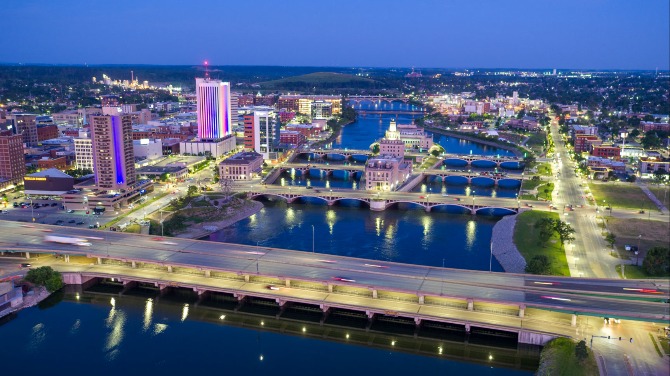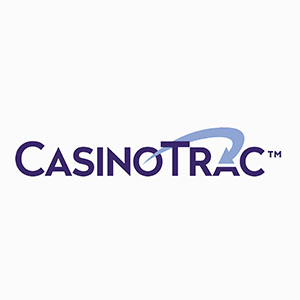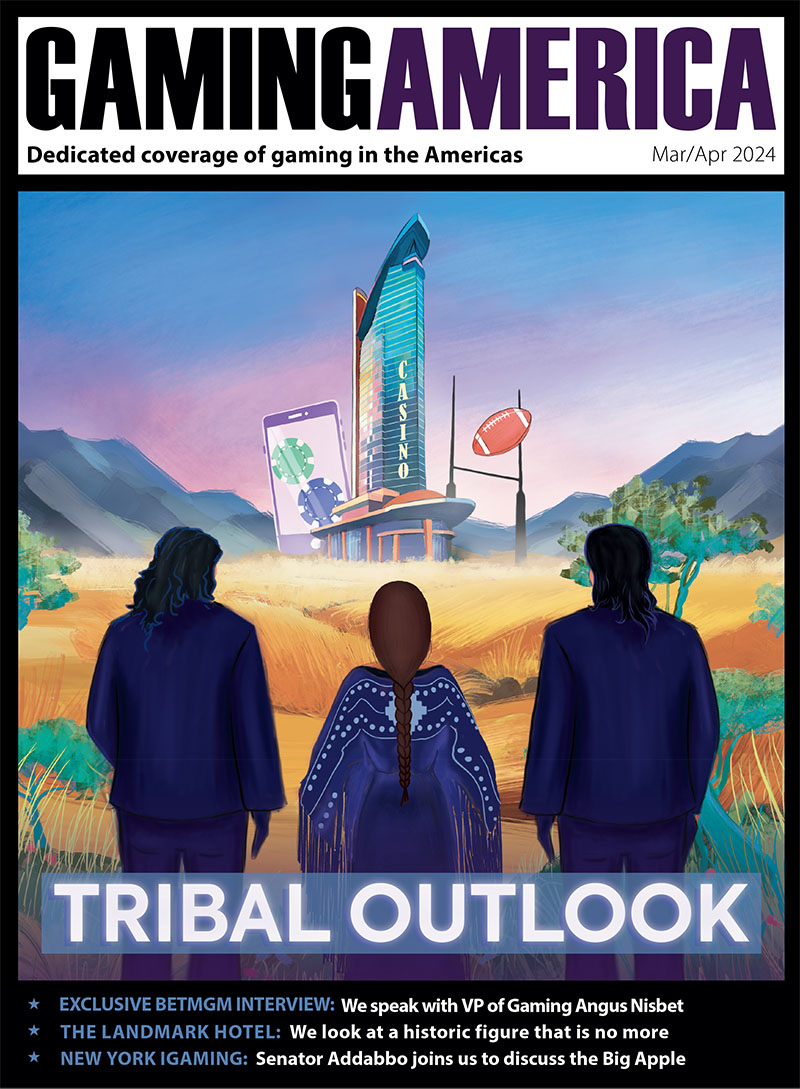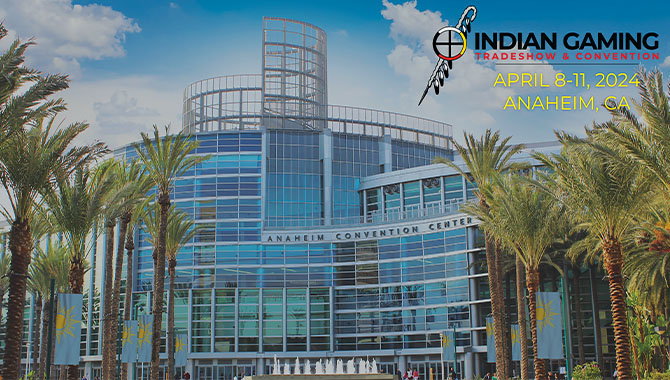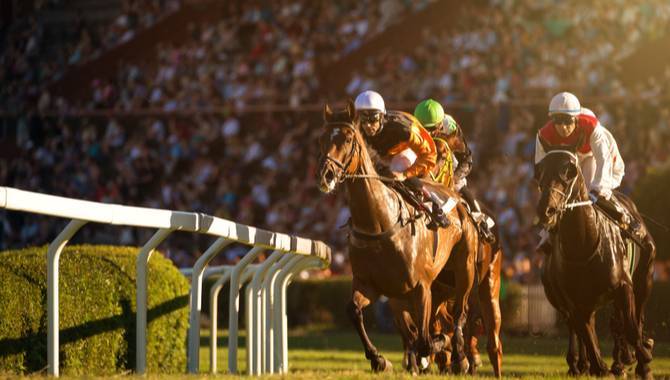
The 2019 Breeders’ Cup at Santa Anita Park was by some measures a great success for the renowned southern California racetrack. The two-day event, held at the start of November, brought in 109,000 people and produced a record $174m in handle.
In the days that followed though, Santa Anita received attention of the wrong kind. Another horse had died on its track following the last race of the Breeders’ Cup, bringing the track’s fatality count since December 2018 up to 37.
The rash of deaths that plagued Santa Anita for much of 2019 brought renewed attention to the safety of horseracing in California and beyond.
The response of track operators, trainers and lawmakers would determine the future of a sport that accounts for billions of dollars in economic impact and tens of thousands of jobs.
When horses started dying at an alarming rate last winter, the California Horse Racing Board (CHRB) and Santa Anita originally focused their efforts on the conditions of the tracks.
CHRB spokesperson Mike Marten tells Gaming America: “There were lots of conferences between CHRB officials and Santa Anita officials and there was a lot focus on the racing surface, because there was so much run. It appeared the interjections had led to some corrections, because suddenly there were no deaths for two weeks in early February.
“We thought, ‘okay, we dealt with it.’ But no, from 17 to 23 February, another six horses died, so we understood that we still needed to do a lot.”
Santa Anita closed its track for several days in late February and brought in specialists to refurbish the track, according to Marten. When racing resumed however, two more horses died within a week, leading to another closure of the track. The racing surface was not the lone culprit leading to the rash of deaths.
Marten said: “At that time, Santa Anita announced that in addition to making changes to the track, they were going to do other things more geared to making sure the horses themselves were sound for racing.”
By late June, California Governor Gavin Newsom had directed the CHRB to introduce stricter safety measures as a response to the influx of horse fatalities at Santa Anita.
A five-member team began to evaluate each horse’s medical status and injury history, then decide if the horse was suited for racing. Between 26 December 2018 and 22 June 2019, a total of 30 horses perished at Santa Anita.
The concerted effort to improve safety lowered the number of fatalities at the track significantly, but still six more horses died from the start of July through the end of October.
The Stronach Group, which owns Santa Anita and Golden Gates Fields in Berkeley, instituted a house rule that prohibits horses from receiving steroid injections within two weeks before a race.
They also limited by half the amount of Lasix - an anti-bleeding medication - that horses could take on race day. Some tracks have agreed to phase out Lasix, while in other parts of the world, race-day medications are universally banned. The CHRB also ruled trainers must stop administering anti-inflammatory drugs to horses 48 hours or more before races.
Speaking with Gaming America, California State Senator Bill Dodd said: “We lag behind the rest of the world in horse safety. We even lag behind Kentucky. We can do a better job of regulating and improving safety. My hope is that what will happen is the industry and the regulators will come together on a plan that keeps the sport in-tact and creates a better safety environment for horses and the jockeys.”
Dodd chairs the Governmental Organization Committee which includes oversight of state gambling and horseracing.
In June, Dodd passed a bill that gives the CHRB authority to suspend or move racing days without any notice if there is concern for the safety of horses. The legislation, signed by Governor Newsom in June, is set to come into effect at the start of 2020.
Dodd said: “How and why our regulator didn’t have that power in the first place is frankly beyond me, but we sought to right that wrong.”
As the CHRB waited for the new law to take effect, it sent 16 safety recommendations to the office of Governor Newsom. Some proposals would need to be brought forth in legislation.
One of the most consequential recommendations would give the CHRB the power to make public any positive drug test within 24 hours of confirmation. The public notice would serve as a condemnation against trainers who refuse to comply with adapted rules for administering drugs before races.
Marten said: “Right now, the statutes say that if there’s a positive test, you cannot reveal it to anyone until the investigation is completed and a complaint is filed, which could be weeks or months.”
In a December meeting held at Los Alamitos Race Course, the CHRB adopted an amendment restricting the use of the riding whip to six times in a race. Further safety reforms can’t come soon enough. Two days after the CHRB meeting, two more horses died at Los Alamitos.
One of the horses that died was trained by Jerry Hollendorfer, a hall of famer who is banned from running his horses at Santa Anita and Golden Gates Fields. The Stronach Group prohibited Hollendorfer from competing at its tracks following four deaths at Santa Anita and two more at Golden Gates.
Critics of horseracing have pounced on racetracks and horseracing authorities for being too lenient. Patrick Battuello, President of the non-profit Horseracing Wrongs, says to Gaming America: “With all this talk about safety measures, the first thing I would ask the industry is: Where was this zeal for equine welfare last year, or five years ago? They’ve known all along that they’re killing horses, but because the national media wasn’t covering it, they could get away with it.
“Santa Anita was the tipping point and this industry has been exposed. The killing is built into the system. A certain level of death is inevitable, starting with the fact that these animals are bred force-fed with big bodies and fragile ankles. They’re also immature when they’re thrust into training.”
Though past efforts to abolish horseracing have failed, Battuello predicts the sport is up against unprecedented challenges as it enters a new decade.
As the horseracing industry loses more of its elderly fans each passing year, it struggles to captivate the interest of younger fans. Another potential threat is the opportunity for bettors across the US to wager on sports other than horseracing, as more states legalize sports betting.
Battuello said: “Fifty years ago, if you wanted to legally gamble, you had to do it on either the dogs or the horses. No such excuse exists today, where not only are there lotteries in almost every state, but casinos proliferate throughout the country and now there’s sports betting growing state-by-state. I say have at it. Gamble to your heart’s content but not on the backs of suffering animals.”
A recent study from Virginia officials analyzed the economic effects of five proposed casinos and found the state’s horseracing industry would see a major drop off in revenue. Colonial Downs Racetrack outside of Richmond would lose as much as 45% of its $300m yearly revenue.
Senator Dodd, a lead sponsor of a bill that would legalize sports betting in California, believes sports betting and wagering on horseracing can complement each other. Dodd said: “I think it’s likely that the horseracing tracks would be involved in opportunities to have sports betting. Certainly horseracing has its own challenges regardless of sports betting, but I believe that if sports betting were to pass in California, it would be a net positive gain for the horseracing industry.”
This article was originally published in the Jan/Feb edition of Gaming America magazine and is factually correct for the time of publication.

